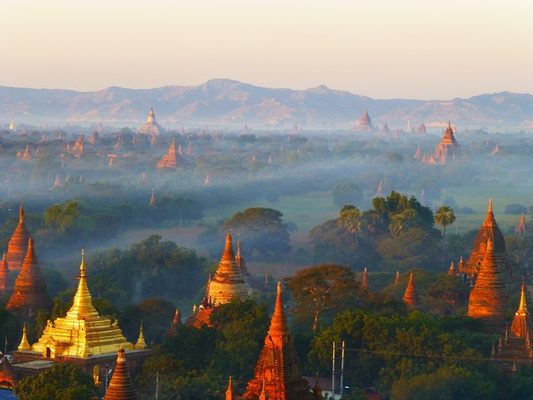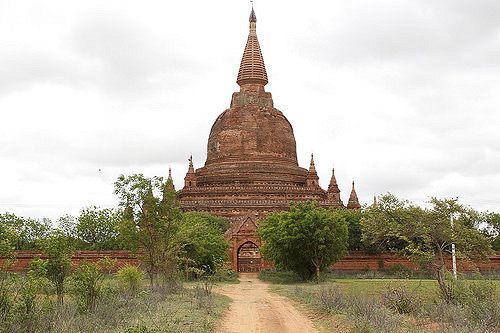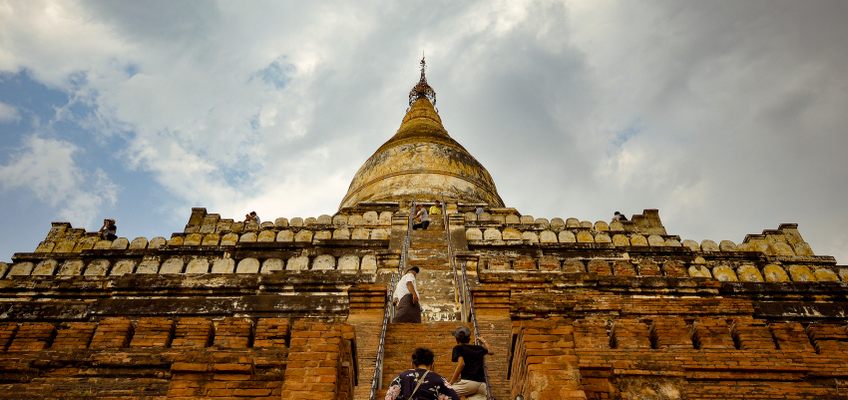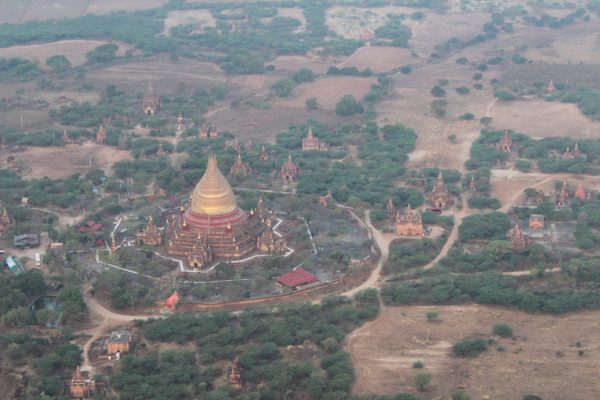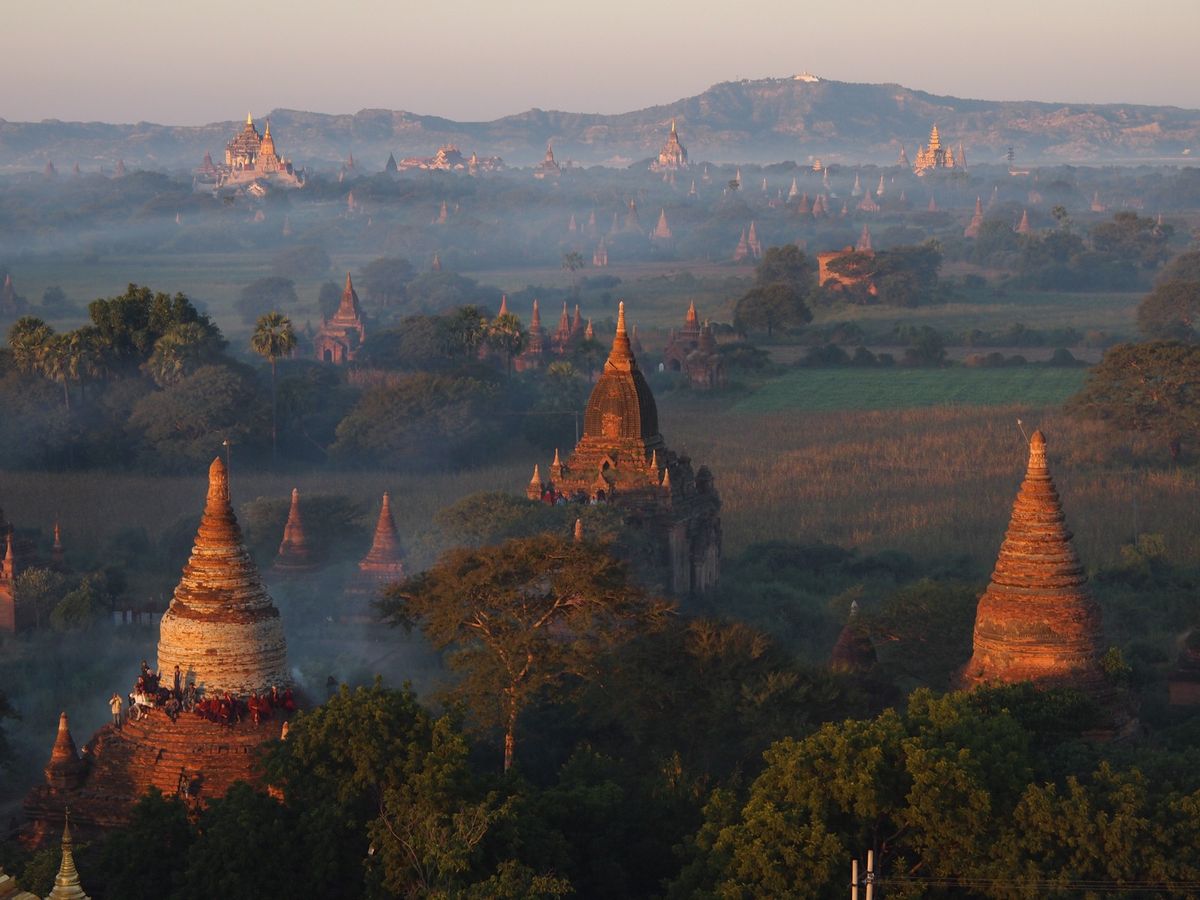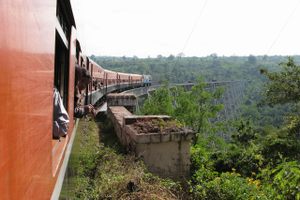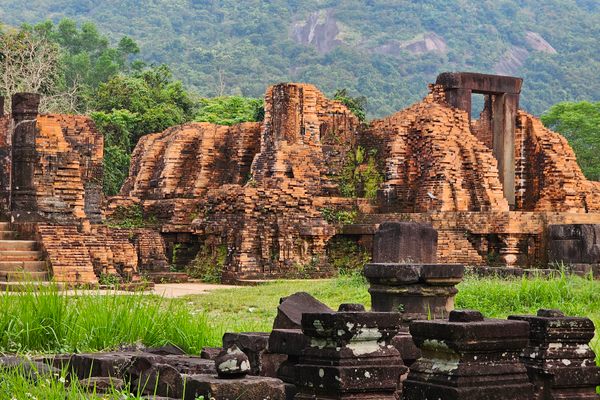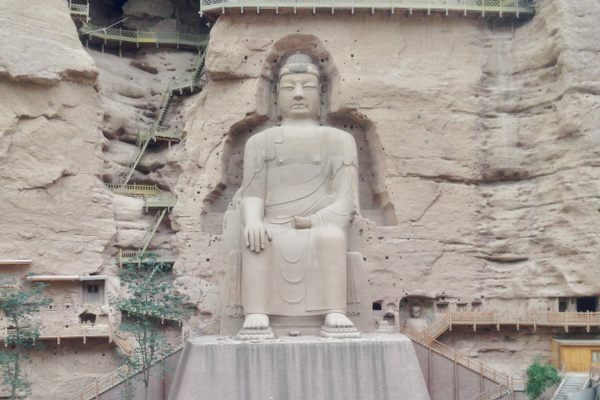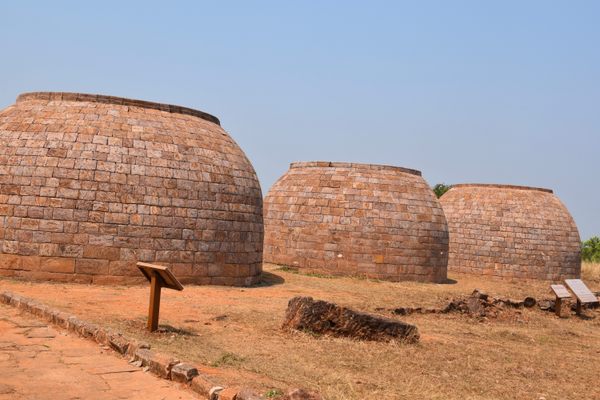About
At its prime, the former city of Bagan on the plains of central Burma was likely a wondrous metropolis of ornate, gleaming temple spires and ritual artistry. But it's possibly even more beautiful and mysterious now that it's a jaw-dropping ruin.
During its heyday around the 12th century, the capital of the Kingdom of Pagan contained well over 10,000 Buddhist temples, stupas, and pagodas. Eventually, the city was brought to ruin by natural disasters and hordes of Mongols, who made light work of the city's Buddhist inhabitants.
Through the centuries, thousands of the temples and pagodas crumbled under their own weight or were destroyed, leaving only a little over 2,000 of the structures today. However, this has done little to diminish the scope of the city's grandeur.
The almost impossibly ornate temples that survive rise up out of the overgrown foliage. The structures, which burst from the plains, look like the creations of a lost civilization. While that is not strictly true, as many of the inhabitants of Bagan would sire the generations that created modern Myanmar, a sense of mystery still pervades the city.
Still covering 26 square miles of land, the thousands of ruined temples and religious monuments are now a protected historical site. While some of the structures have fallen into complete disrepair, many others almost look as if they haven't aged a day, thanks to modern restoration efforts.
Related Tags
Know Before You Go
The best place to lodge in the area is Old Bagan. With the influx of tourists in recent times, new hotels in New Bagan and Nyaung-U are also opening.
Bagan can be toured on foot, giving you an impressive perspective of the old city, although the preferred method of experiencing the ruins (technically known as the Bagan Archaeological Zone today) is via hot air balloon. Balloon rides are offered that bring visitors to a vantage point where they can view the thousands of temples at once. However, the hot air balloon season in Bagan is very short (from October 1 to March 31) due to the extremely hot weather in the region.
Other good alternatives to explore the archaeological site are horse carts (the old fashioned way) or e-bikes, which can be more efficient since the ruins are spread out.
Community Contributors
Added By
Published
December 16, 2013
Sources
- https://theworldtravelguy.com/old-bagan-myanmar-temples/
- http://www.lonelyplanet.com/myanmar-burma/bagan-paganregion/bagan
- http://www.telegraph.co.uk/travel/activityandadventure/trip-of-a-lifetime/10219012/Bagan-Trip-of-a-Lifetime.html
- http://www.easternsafaris.com/balloonsoverbagan_home.html
- https://www.7continents1passport.com/hot-air-balloon-in-bagan-balloons-over-bagan/
- https://trippingunicorn.com/pt/blog/o-que-fazer-em-bagan
